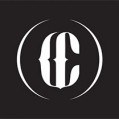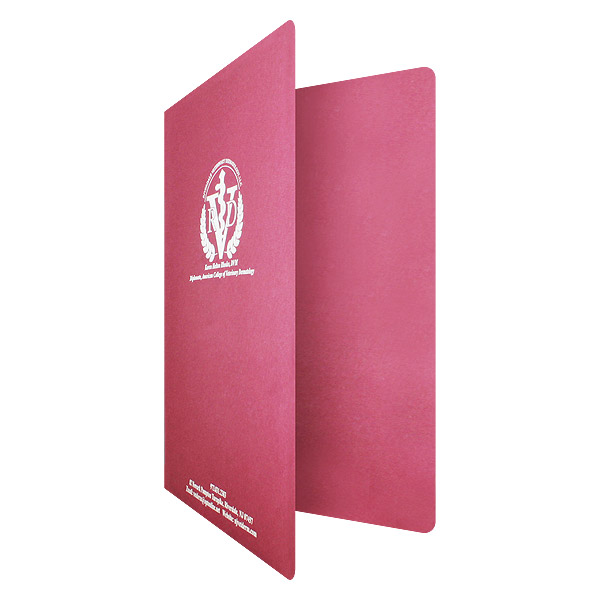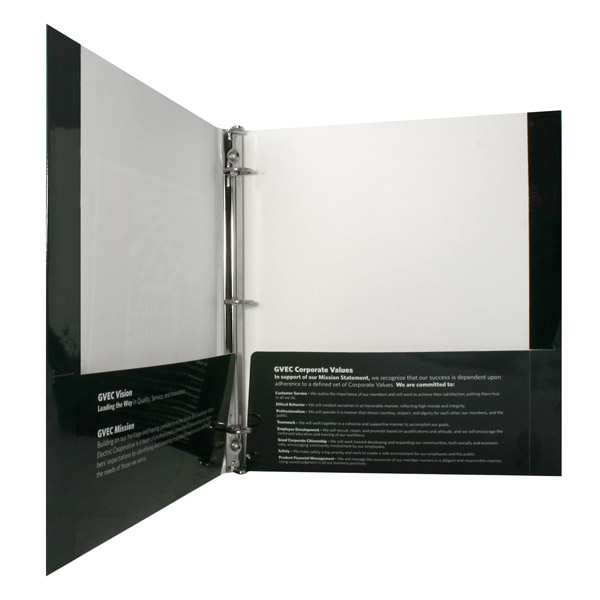The reason why many patients prefer to see family doctors instead of visiting a hospital is because they know that a smaller practice will provide them with more personalized care. Medical binders are a great way to give your patients that extra level of care that they’ve come to expect from a family practice.
Binders are the perfect informative tool to help patients through recovery, prepare for a medical procedure, deal with an illness or just start a new healthy lifestyle. If you’re interested in creating helpful binders to improve your patient’s health, consider the following tips to make sure you get it absolutely perfect.
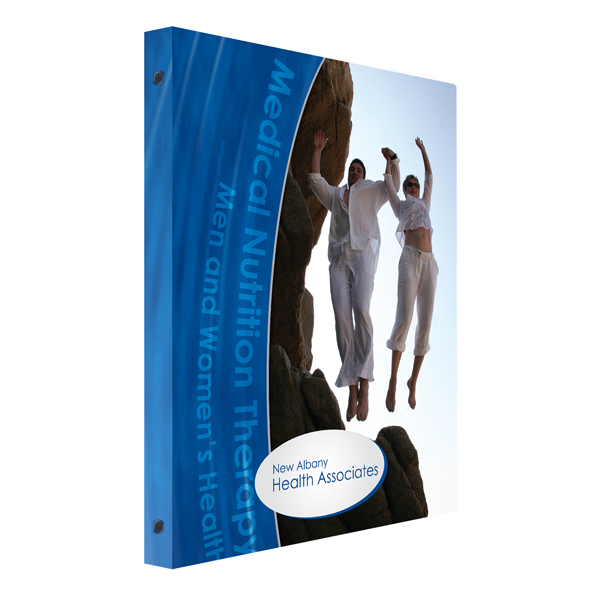
Your medical binder should incorporate positive imagery to encourage the good health of your clients (SKU: 66-04-VN).
Use Positive Design Principals
When designing most medical binders, you want to keep the overall design positive, cheery and bright. Remember that the people seeing these may be sick or in recovery, so you want the binder to be optimistic to help with the healing process. Stick to bright colors, happy pictures and positive messages in your design to help keep your patients in a healthy state of mind.
Go for Substance over Style
As much as a positive design is important, it’s not always your focal point. Consider adding some important medical and life-saving information to your binder design in lieu of pictures or other aesthetic elements. For example, add a chart to the back of the binder that instructs the reader how to perform CPR so that it’s always readily available in an emergency situation. Easel binders have a built-in stand that will make this information easy to display.
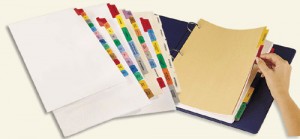
Add tabbed dividers to your medical binders to organize information in an understandable way.
Organize with Tabs
In the case of a medical emergency, patients and their families need to be able to find important health information at a moment’s notice. Organize your medical binders using tabbed dividers so that they can quickly find the information or documentation that they’re looking for. The tabs can be customized with the names of different subjects and can be color coordinated so that patients can easily spot the tab they need with just a glance.
Use Binder Sleeves Instead of Hole Punching
Every time you have to add new information to a medical binder, you typically have to punch holes in the document first. Use binder sleeves so that documents can be filed away as is with less chance of getting lost. Not only that, the sleeves protect the documents from being damaged and make it easier to remove documents from the binder without having to unbind everything first.
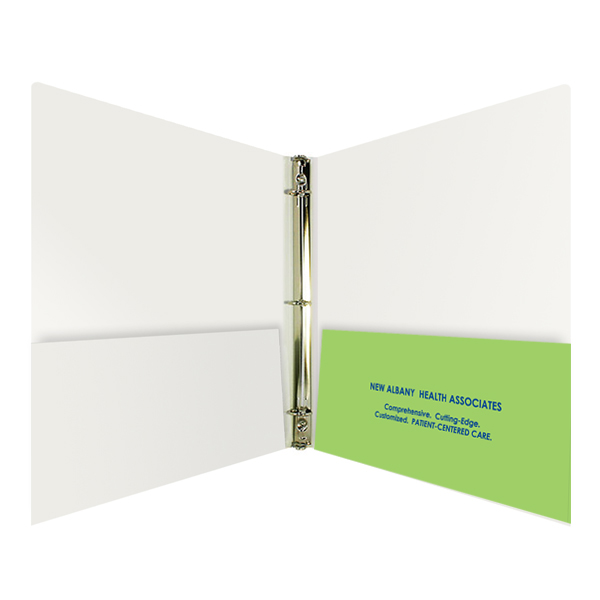
Add pockets to your medical binder to include a number of different materials that may be beneficial to your clients.
Consider Extra Storage
Adding pockets to your medical binders (either horizontal or vertical-style) gives you more places to store information that might be useful for your patients. You can store custom brochures or even include trial-size medications inside. When you write prescriptions, you can put them in your binder’s pockets to ensure that the patient doesn’t lose them. They can even store small books that you think would help your patients with their recovery.
Include Easy-to-Find Emergency Contacts
If patients have a question or emergency, they’re going to want to get in touch immediately. Incorporate your contact information directly into the design of the binder itself. Better yet, you can order medical binders with business card slots so your patients have a detachable copy of your info.
The most important rule when designing a medical binder is to keep the patient’s health in mind. Before making any decisions, put yourself in your patient’s place and ask yourself if your ideas would make them feel comforted and cared for.
This post is a part of our Binders 101 product guide.

